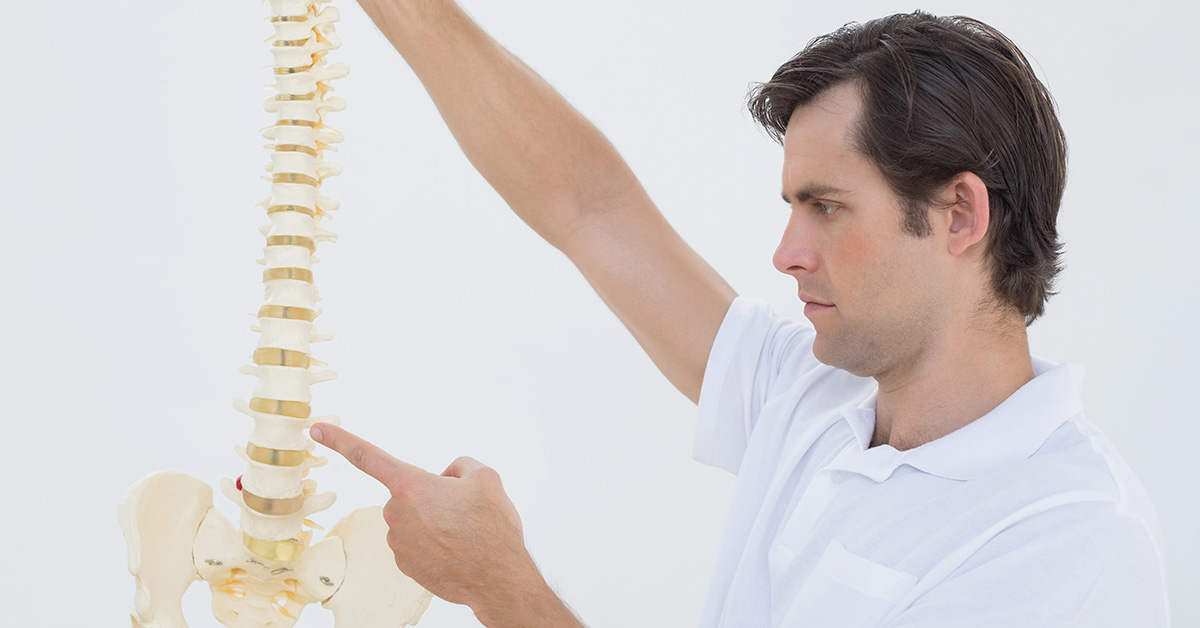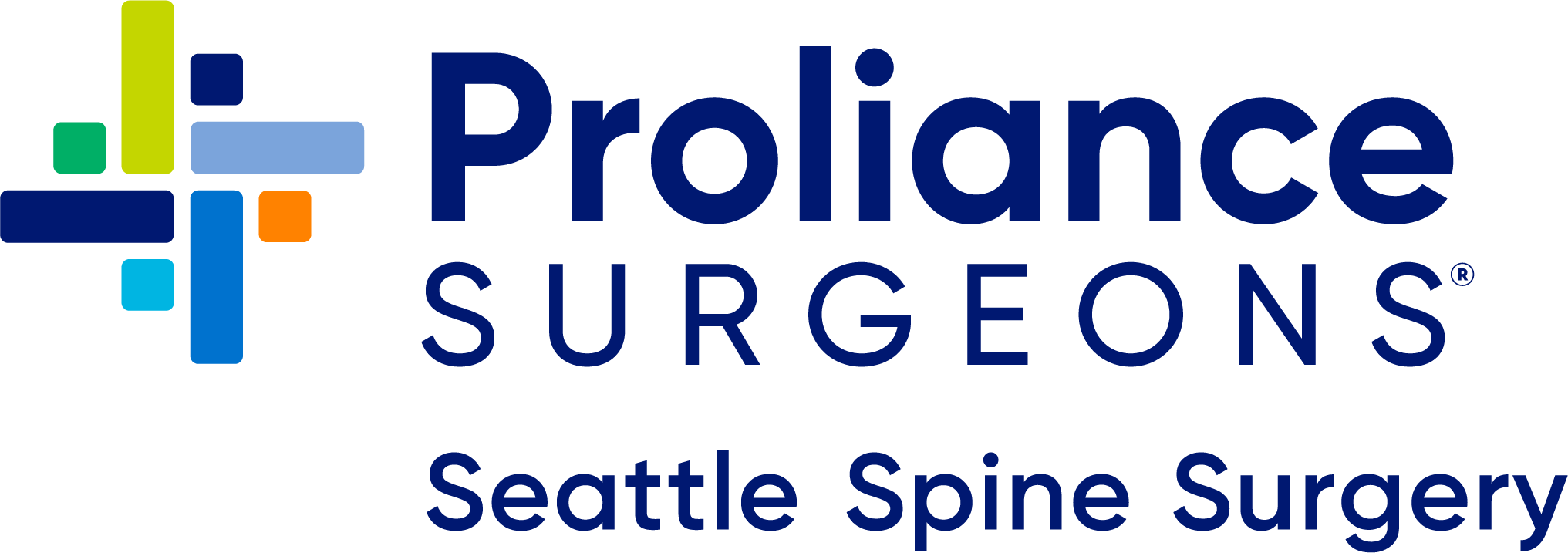
Can Physical Therapy Help Realign the Spine?
The spine plays a central role in nearly every movement your body makes, and when it falls out of alignment, it can lead to pain, stiffness, and even nerve irritation. Many people dealing with back or neck discomfort wonder if physical therapy can help realign their spine. The answer is yes—physical therapy can support spinal realignment, especially when the problem stems from muscular imbalances, poor posture, or functional issues rather than structural deformities.
While physical therapists do not manually “crack” or manipulate the spine the way a chiropractor might, they are experts in using exercise-based and movement-focused approaches to gradually improve spinal alignment. In many cases, misalignment in the spine is caused or worsened by muscle imbalances. For example, weak core muscles and tight hip flexors can tilt the pelvis forward, placing extra strain on the lumbar spine. Over time, this kind of imbalance can lead to poor posture and discomfort.
Physical therapists assess the body as a whole to understand the underlying causes of poor spinal alignment. They then develop a personalized plan that may include strengthening exercises, stretches, posture training, and manual therapy techniques. These interventions work together to restore proper movement and support the spine’s natural curves.
Strengthening the core muscles—especially the abdominals, glutes, and back muscles—helps stabilize the spine and prevent it from slipping into misalignment during daily activities. Similarly, stretching tight muscles (like the hamstrings, hip flexors, and chest) can relieve pressure on the spine and improve your overall posture.
Postural education is another key part of spine-focused physical therapy. Many spinal alignment issues stem from the way we sit, stand, or move throughout the day. A physical therapist can help you develop better body mechanics, showing you how to maintain spinal alignment during work, sleep, and exercise. Small changes to your daily habits, such as adjusting your workstation or learning how to lift properly, can have a big impact over time.
For some patients, manual therapy may also be part of the treatment plan. This can involve gentle joint mobilizations or soft tissue work that helps reduce stiffness and improve mobility, allowing the spine to move more freely into its proper position.
It’s important to understand that physical therapy may not “realign” the spine in a dramatic, immediate way, especially in cases involving structural issues like scoliosis or spinal deformities. However, it can significantly improve how well the spine functions, reduce pain, and promote better alignment through natural movement patterns and muscle support.
In summary, physical therapy can absolutely help realign the spine by addressing the root causes of misalignment—often found in muscle weakness, poor flexibility, and bad posture habits. Through targeted exercises, manual techniques, and education, physical therapy offers a long-term, sustainable approach to restoring spinal balance and improving overall function. If you’re experiencing chronic back pain or feel that your spine is out of alignment, consulting a physical therapist can be a smart first step toward relief.


